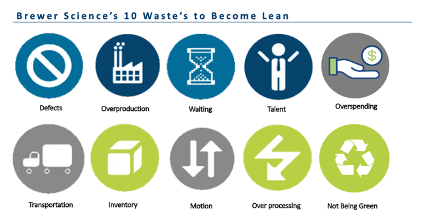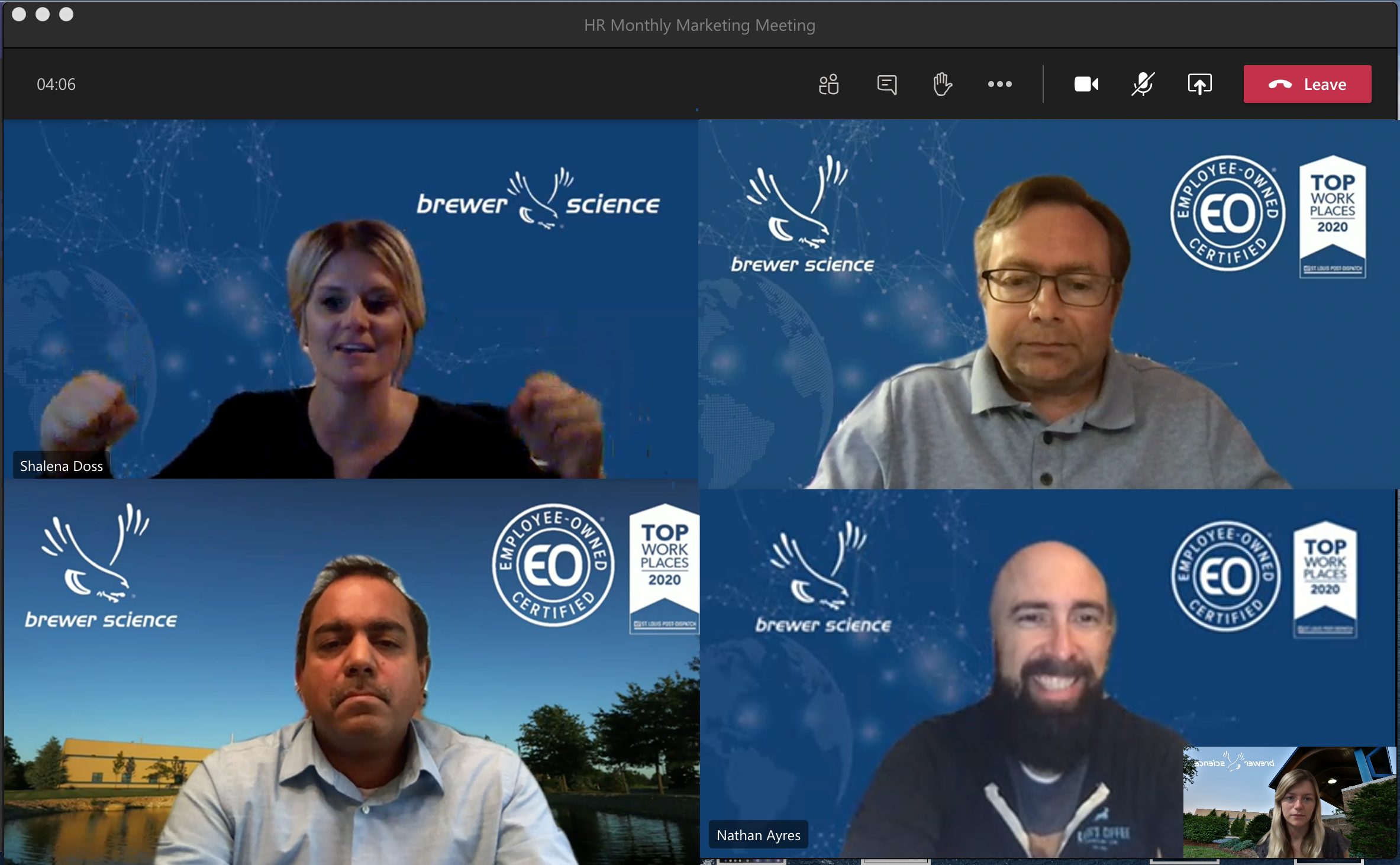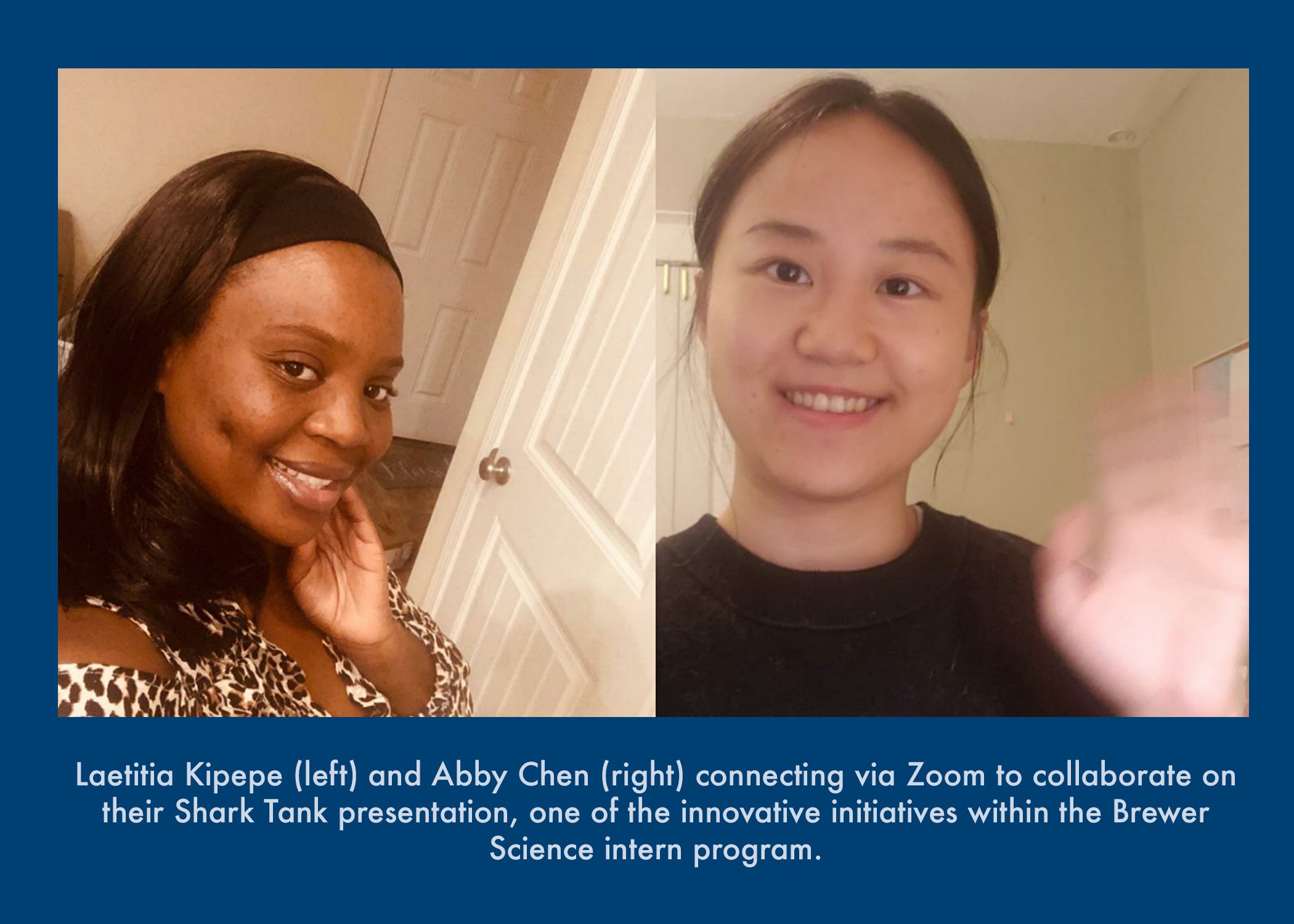 Advanced packaging is moving mainstream as manufacturers continue to seek ways to improve device performance beyond traditional scaling. The semiconductor industry is also witnessing increasing investments in packaging, in terms of capabilities, capacity, and infrastructure from the assembly and packaging houses. All this attention on packaging is primarily driven by the need to deliver highly integrated, high-performance devices while addressing concerns for lower cost, lower power consumption, and reduction in form factor. From our perspective as a supplier of advanced packaging materials and a dominant player in the advanced packaging supply chain, we see a multitude of applications driving our growth in 2018 and beyond.
Advanced packaging is moving mainstream as manufacturers continue to seek ways to improve device performance beyond traditional scaling. The semiconductor industry is also witnessing increasing investments in packaging, in terms of capabilities, capacity, and infrastructure from the assembly and packaging houses. All this attention on packaging is primarily driven by the need to deliver highly integrated, high-performance devices while addressing concerns for lower cost, lower power consumption, and reduction in form factor. From our perspective as a supplier of advanced packaging materials and a dominant player in the advanced packaging supply chain, we see a multitude of applications driving our growth in 2018 and beyond.
In fan-out packaging, there are several challenges being addressed at the wafer level and panel level by all participants in the value chain, including suppliers of advanced packaging materials. Predominantly, warpage, handling, and die-shift issues in reconstituted substrates continue to test the limits of current process capabilities. As there is an assortment of mold compounds being used by manufacturers for creating the reconstituted wafers, the resulting warpage of the substrates is not easily controlled or predicted. Moreover, the warpage is also dependent on the die placement architecture and size and thickness of the substrate. Therefore, a simple and cost-effective carrier-assisted technology is sought to temporarily support the substrates during the downstream process.
We also see rapid progress to set up RDL-first processes for fan-out packaging on both the wafer level and panel level. Here, manufacturers primarily use a temporary build-up layer on glass carriers to build the RDL layers, followed by die attach, molding and other processes. We have developed innovative temporary build-up layers that are needed to support the processes, which involve harsh chemicals, and extended high-temperature exposures for polyimide curing and highly stressed layers during the fabrication. Moreover, the temporary build-up layers need to exhibit strong adhesion to metals and polyimides and be able to release cleanly using a laser debond method without damaging the active dies.
Another area in which we predict rapid growth is advanced sensor manufacturing and packaging. Mobile electronics applications demand heterogeneous integration of sensors to other ICs and reduction in form factor of the sensor device. We provide temporary bonding materials for wafer thinning applications, TSV creation and backend packaging processes for the sensors.
As 5G communications, autonomous driving and mobile electronics applications continue to develop, we see an increase in advanced packaging applications related to RF, MEMS, compound semiconductor and power devices. The front-end modules in communication chips require heavy heterogeneous integration to accommodate multiple filters, passives, RF ICs and other components in a very small package. 5G devices also need a small footprint, so advanced fan-out packaging processes may replace the popular flip-chip based SiP architectures. Here, we provide material and process capabilities for packaging these devices.
We believe a new wave of applications and services will be enabled by the ever-growing network of connected devices. The hunger for denser integration and higher performance will continue to grow, to satisfy the needs of 5G communications, autonomous driving, connected healthcare and other mission-critical applications. We are excited about the future of semiconductor packaging, and we are prepared to deliver disruptive innovation in materials and processes technologies to further advance IC packaging.
*Originally posted on 3D InCites.




Subscribe to Our Blog